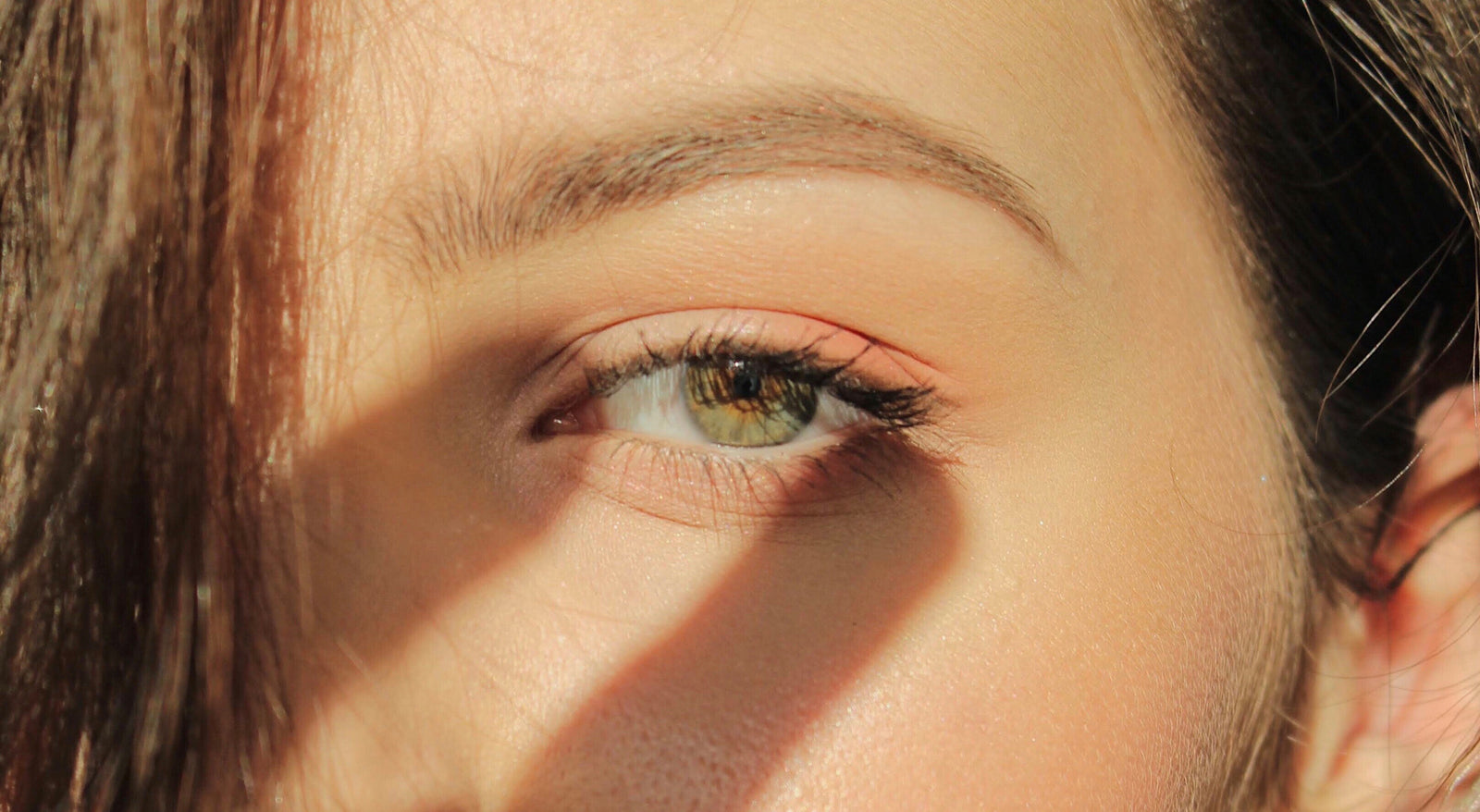WHAT ARE FITZPATRICK SKIN TYPES?
When participants are recruited for clinical dermatology research, the Fitzpatrick Skin Phototype Classification (FSPC) is the most commonly used method to stratify patients and identify differential skin responses. First described in 1972 by Dr. Thomas B. Fitzpatrick, the FSPC helps researchers quickly understand the skin’s sensitivity to light and propensity for tanning or burning [1]. However, this is just one metric used to classify skin type and is not a definitive guide for skin cancer risk [2,3]. Below, we review the different FSPC phototypes and discuss clinical findings for commonly used dermatological interventions across skin types.

TYPES I, II, AND III
Types I-III are the most common skin types in the U.S. and due to the higher propensity for skin cancer, have guided federal recommendations for daily sunscreen use and limited sun exposure [4]. On the positive, these skin types are less prone to hyperpigmentation, either over time or in response to skin barrier damage and inflammation [5]. However, the generally thinner epidermis means that the skin is more fragile and prone to loss of elasticity over time [6].
TYPES IV, V, and VI
Typically, darker skinned individuals identify as Fitzpatrick types IV-VI and are less prone to sunburns. However, the effects of photoaging in melanated skin are still extremely relevant as collagen, elastin, and epidermal thickness all still decrease with time and UV exposure [7]. Additionally, while skin cancer is less common in these types, the prognoses and survival rates with a skin cancer diagnosis are poorer [8]. On the positive, darker skin types naturally have thicker dermis and epidermis skin layers, promoting resistance to wrinkles and loss of elasticity [6].
WHY IT MATTERS?
While self-reported race and melanin levels are decent predictors of Fitzpatrick skin types, less obvious underlying genetics also contribute to each person’s sunburn risk as evaluated by a physical phototest to UV exposure [9,10]. In other words, more melanin doesn’t always mean more sunburn protection. It’s best to err on the side of caution and use mineral sunscreen daily no matter which skin type you have. Thankfully, many well studied dermatological interventions retain efficacy across the FSPC scale. These include retinol and benzoyl peroxide for acne treatments [11], laser resurfacing [12], and microneedling [13]. Advancements in laser hair removal technology have also made it possible for most skin types to receive this treatment however different lasers are needed to detect hair on light or dark skin backgrounds [14]. Overall, The FSPC in combination with some variation of a physical UV response test will help accurately understand response to interventions in clinical studies [15,16]. However, it’s clear that recruitment and classification of participants with type IV-VI darker skin should take higher priority as comparative research between lighter and darker skin response is still limited in scope.
Sources:
1. Sharma AN, Patel BC (2021) Laser Fitzpatrick Skin Type Recommendations. InStatPearls StatPearls Publishing, Treasure Island (FL).
2. Gupta V, Sharma VK (2019) Skin typing: Fitzpatrick grading and others.Clinics in Dermatology 37, 430–436.
3. Sommers MS, Fargo JD, Regueira Y, Brown KM, Beacham BL, Perfetti AR, Everett JS, Margolis DJ Are the Fitzpatrick Skin Phototypes Valid for Cancer Risk Assessment in a Racially and Ethnically Diverse Sample of Women?Ethn Dis 29, 505–512.
4. Goon P, Banfield C, Bello O, Levell NJ (2021) Skin cancers in skin types IV–VI: Does the Fitzpatrick scale give a false sense of security?Skin Health and Disease 1, e40.
5. Lawrence E, Al Aboud KM (2021) Postinflammatory Hyperpigmentation. InStatPearls StatPearls Publishing, Treasure Island (FL).
6. Vashi NA, Buainain De Castro Maymone M, Kundu RV (2016) Aging Differences in Ethnic Skin.J Clin Aesthet Dermatol 9, 31–38.
7. Langton AK, Alessi S, Hann M, Chien AL-L, Kang S, Griffiths CEM, Watson REB (2019) Aging in Skin of Color: Disruption to Elastic Fiber Organization Is Detrimental to Skin’s Biomechanical Function.Journal of Investigative Dermatology 139, 779–788.
8. Buchanan Lunsford N, Berktold J, Holman DM, Stein K, Prempeh A, Yerkes A (2018) Skin cancer knowledge, awareness, beliefs and preventive behaviors among black and hispanic men and women.Prev Med Rep 12, 203–209.
9. He SY, McCulloch CE, Boscardin WJ, Chren M-M, Linos E, Arron ST (2014) Self-Reported Pigmentary Phenotypes and Race are Significant but Incomplete Predictors of Fitzpatrick Skin Phototype in an Ethnically Diverse Population.J Am Acad Dermatol 71, 731–737.
10. Del Bino S, Duval C, Bernerd F (2018) Clinical and Biological Characterization of Skin Pigmentation Diversity and Its Consequences on UV Impact.Int J Mol Sci 19, 2668.
11. Callender VD, Preston N, Osborn C, Johnson L, Gottschalk RW (2010) A Meta-analysis to Investigate the Relation Between Fitzpatrick Skin Types and Tolerability of Adapalene-Benzoyl Peroxide Topical Gel in Subjects with Mild or Moderate Acne.J Clin Aesthet Dermatol 3, 15–19.
12. Knight JM, Kautz G (2019) Sequential facial skin rejuvenation with intense pulsed light and non-ablative fractionated laser resurfacing in fitzpatrick skin type II–IV patients: A prospective multicenter analysis.Lasers in Surgery and Medicine 51, 141–149.
13. Wamsley CE, Kislevitz M, Barillas J, Basci D, Kandagatla V, Hitchcock T, Akgul Y, Kenkel J (2021) A Single-Center Trial to Evaluate the Efficacy and Tolerability of Four Microneedling Treatments on Fine Lines and Wrinkles of Facial and Neck Skin in Subjects With Fitzpatrick Skin Types I-IV: An Objective Assessment Using Noninvasive Devices and 0.33-mm Microbiopsies.Aesthetic Surgery Journal.
14. Ismail SA (2012) Long-pulsed Nd:YAG laser vs. intense pulsed light for hair removal in dark skin: a randomized controlled trial.Br J Dermatol 166, 317–321.
15. Pastiche Training, The importance of Photo type & Risk Assessment, Last updated October 21, 2019, Accessed on October 21, 2019.
16. Oakley AM, Badri T, Harris BW (2021) Photosensitivity. InStatPearls StatPearls Publishing, Treasure Island (FL).
